As a game, Atomic Heart exists at a fascinating crossroads. It’s an imaginative first-person shooter strongly influenced by Bioshock. An alternate-history Soviet Union with a sci-fi backdrop is rife with opportunities to delight and horrify all at once. Considering it’s mostly well-presented and plays well within its towering scope is commendable. There’s a lot to like in Atomic Heart, but some concerning design decisions could spell trouble.
Atomic Heart takes place in a sci-fi-infused, alternate 1950s. What makes it unique is that unlike Bioshock or Fallout, which thoroughly embrace all things Americana, Atomic Heart focuses its attention on the post-World War II Soviet Union. The war ended, thanks largely to substantial technological advances in energy and robotics by the USSR, and now the Soviet Union is enjoying a post-war boom as the world leader.
With robot assistants in every walk of life, it seems to be on the verge of a communist utopia until many of the robots suddenly turn on their masters, and a large-scale massacre ensues. It’s a novel setup, and the contrasts between Russian culture and American culture here and similar titles make Atomic Heart engaging right from the start.
The protagonist isn’t as strong. You play as Major Nechaev, better known as agent P3, as you attempt to track and stop the perpetrators responsible for the robot massacre. As your avatar, he’s serviceable but has a few major flaws. He’s generic as can be: a middle-aged, square-jawed white dude with amnesia spitting one-liners. He’s a carbon copy of nearly every shooter protagonist that’s come before, and a “Worse Booker DeWitt” just isn’t all that interesting.
He also just won’t shut up. P3 is constantly talking, mainly to the AI-powered glove on his hand CHARLES. The dialogue is awful, too. There’s nothing wrong with the regular use of obscenity, people genuinely speak that away, and it can lend to a mature characterization, but P3 drops F-bombs with a frequency and in combinations that are more at home on a teenage edgelord’s online message board. It’s frequently cringe-inducing and somehow made worse when part way into the game, he starts exclaiming “Crispy Critters” at every surprise. It’s unsettling and takes away from being immersed in the world.
Atomic Heart is ultimately an action game, and that’s something it does pretty well. You’re armed with guns and makeshift melee weapons, each with distinct uses. Some guns, like the Shotgun, use conventional and limited ammunition. Others, like the Electro Pistol, use a slowly regenerating energy system. The melee weapons all have a makeshift, crafted-on-the-fly look (similar to those in Dying Light) and can regenerate energy through use.
Most weapons are crafted from scavenged parts and Blueprints and have robust upgrade trees that keep them fresh and interesting. The crafting is simple and to the point, performed at any of the numerous crafting stations. Even better, looting a room for parts is as easy as holding out your hand and vacuuming everything up through your special glove. You can empty an entire room in seconds, and honestly, it’s a feature more games should implement.
That’s taken a step further with Polymer abilities. These are effectively special powers. You can only equip a few at a time, but they allow you to shoot lightning at enemies, freeze them, lift and slam them with telekinesis, and more. Like weapons, Polymer abilities can be upgraded, with branching paths and a rewarding increase in power.
Abilities come from your left hand, while guns and melee attacks come from your right. Combine them, and a battle against a tough enemy becomes an intricate dance of shooting, switching, using powers, and dodging. I especially enjoyed firing a stream of ice, and blasting away at my immobile target at point-blank range with my shotgun, hoping to shatter it before my ice ran out and needed to recharge.
Enemies have a surprising amount of variety. Most of your violence will be perpetrated against the mustache-clad humanoid robots, who dismember in satisfying ways. There are also various small flying drones, wheeled mobile buzzsaws, and grotesque mutated lab experiments, to name a few. Each has different attacks and patterns, with varying weaknesses to exploit. They’re fun to fight and challenging enough on the standard difficulty to require some planning for the larger groups. Some unique bosses with health bars appear periodically and can be a stiff test.
Atomic Heart is largely divided into corridors of underground bases and sprawling open-world sections. The subterranean areas often require collecting and returning various key items to a central hub of some sort. They fold back on themselves in interesting ways, but the backtracking does get tedious at times. Fortunately, each section tends to favor unique themes and mechanics, like swimming through floating Polymer or using switches to guide a tank of herbicide to a specific area.
The open-world areas are generally well done, with plenty of houses or other optional points of interest between you and your destination. It’s hard to resist the urge to ransack every building you find for more parts to upgrade your arsenal. The biggest drawback is that the enemies in these sections tend to respawn infinitely. Destroyed enemies have repair drones dispatched to restore them, and these drones never run out of supply. Eventually, you gain the ability to shut down the repair drones, but doing so is an undertaking unto itself. I found myself just bypassing these as much as possible.
Atomic Heart is, at times, a very good-looking game. The opening sequence is set to the excitement and fanfare around the launch of the next great advancement, designed to save people from labor and join everyone in an environment of shared thoughts and feelings. It’s highly reminiscent of the opening to Bioshock: Infinite. However, the majority of the game is notably drabber, with flatter textures and constantly recurring assets that never reach the high bar set by the intro. The frame rate during scripted events and scenes also takes a noticeable drip, which can be jarring.
There are also some metatextual concerns that take away from the experience. Some of the humanoid robots you encounter are designed with very feminine figures, and the way they’re treated is troubling. Lingering low-angle buttshots, odd caresses, and awkward abdominal penetrations cross the threshold into something more insidious. There’s an implied sexualization unique to the female presenting robots underpinned with a general air of misogyny to be wary of, made all the worse with recorded dialogue and notes about brothels and being “robosexual.”
There are also legitimate and unanswered questions about the role of Atomic Heart, and whether or not the game itself supports real-world military aggression. The truth isn’t clear, but the game avoids becoming a pro-Soviet (and, by extension, pro-Russian) narrative. The regime isn’t portrayed as benevolent or even particularly competent. Individuals vying for political clout are at the core of the conflict, and the state is part of the environment that leads to the game’s robot apocalypse. Atomic Heart’s narrative is many things, but it is certainly not a glowing endorsement of anyone’s regime.
Atomic Heart Review — The Bottom Line
Pros
- Unique and interesting setting.
- Satisfying mix of guns and powers.
- Creative and varied enemies that are fun to fight.
- Vacuum hand!
Cons
- Open world areas can be tedious slogs of endless enemies.
- P3 is somehow both dull and annoying.
- Really troubling relationship with feminine characters.
Atomic Heart does many things well. It capably takes what games like Bioshock did before and puts a unique spin on it. The guns and powers are fun to use, fighting rampaging robots is a blast, and the setting of an alternate-history 1950’s Russia is fresh and interesting.
The protagonist, unfortunately, is a deluge of awful dialogue, and the attitudes for female-presenting characters are concerning. Mix in slogging through open-world segments of infinitely respawning enemies, and you have a good game that is a few better choices away from being great.
[Note: Mundfish provided the copy of Atomic Heart used for this review. Featured image via Mundfish.]

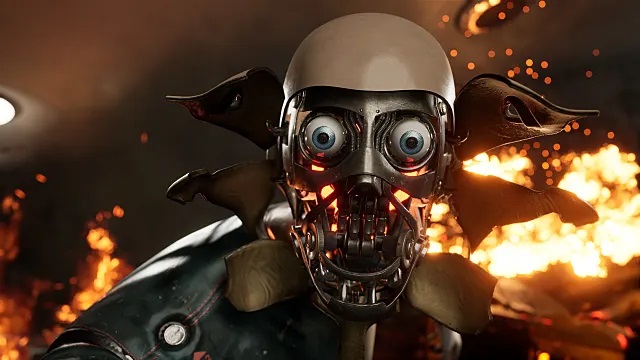
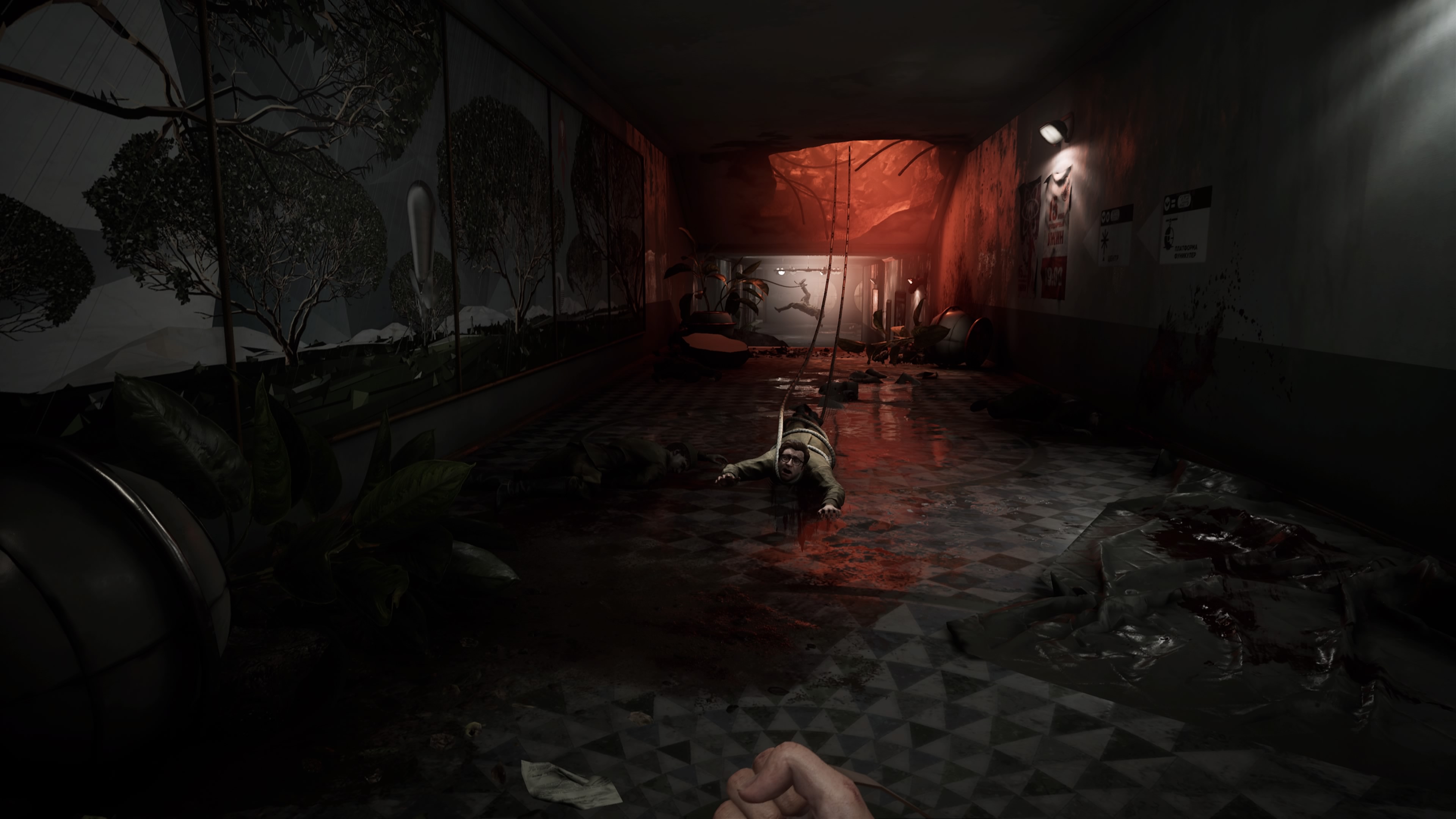
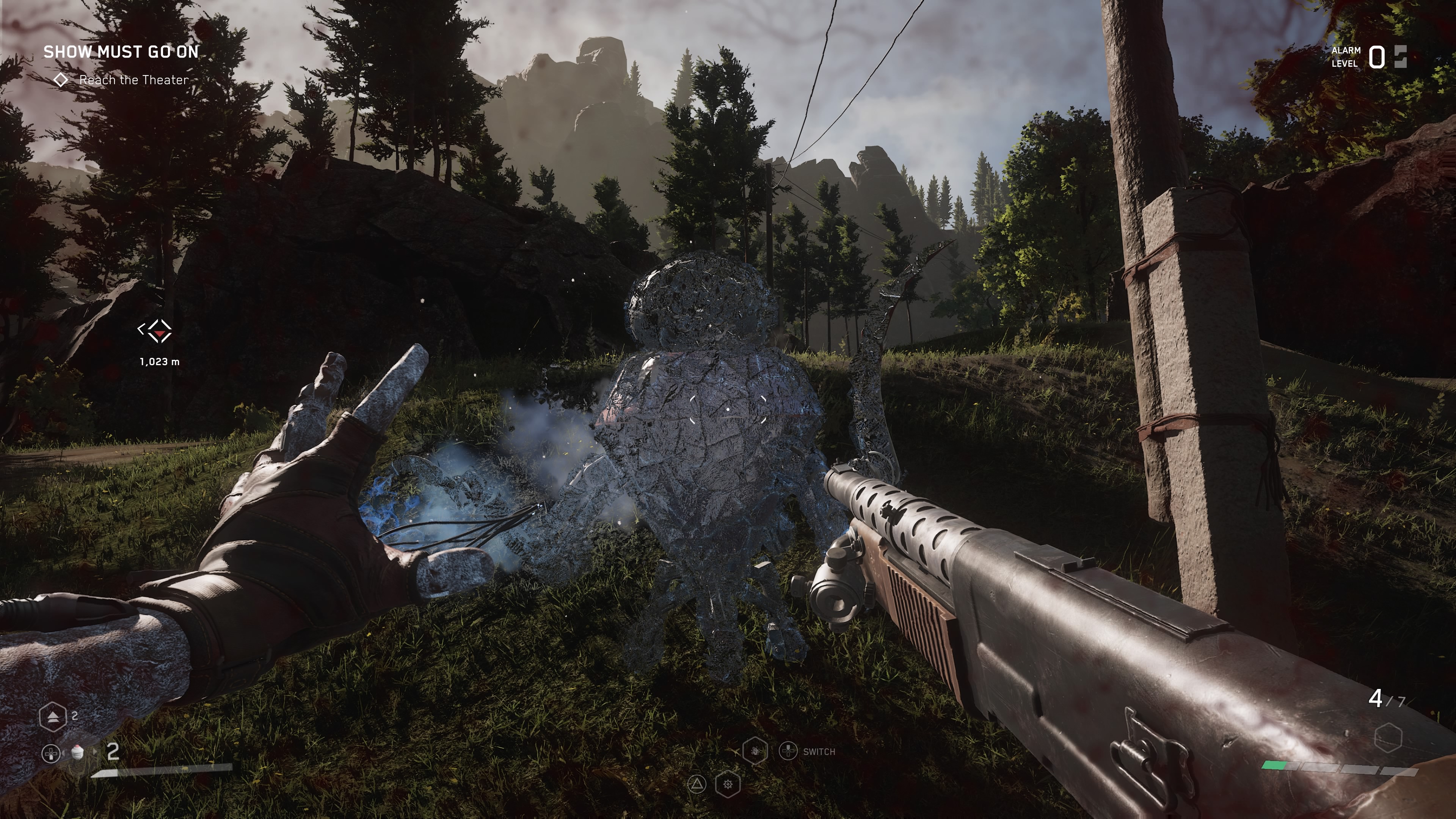
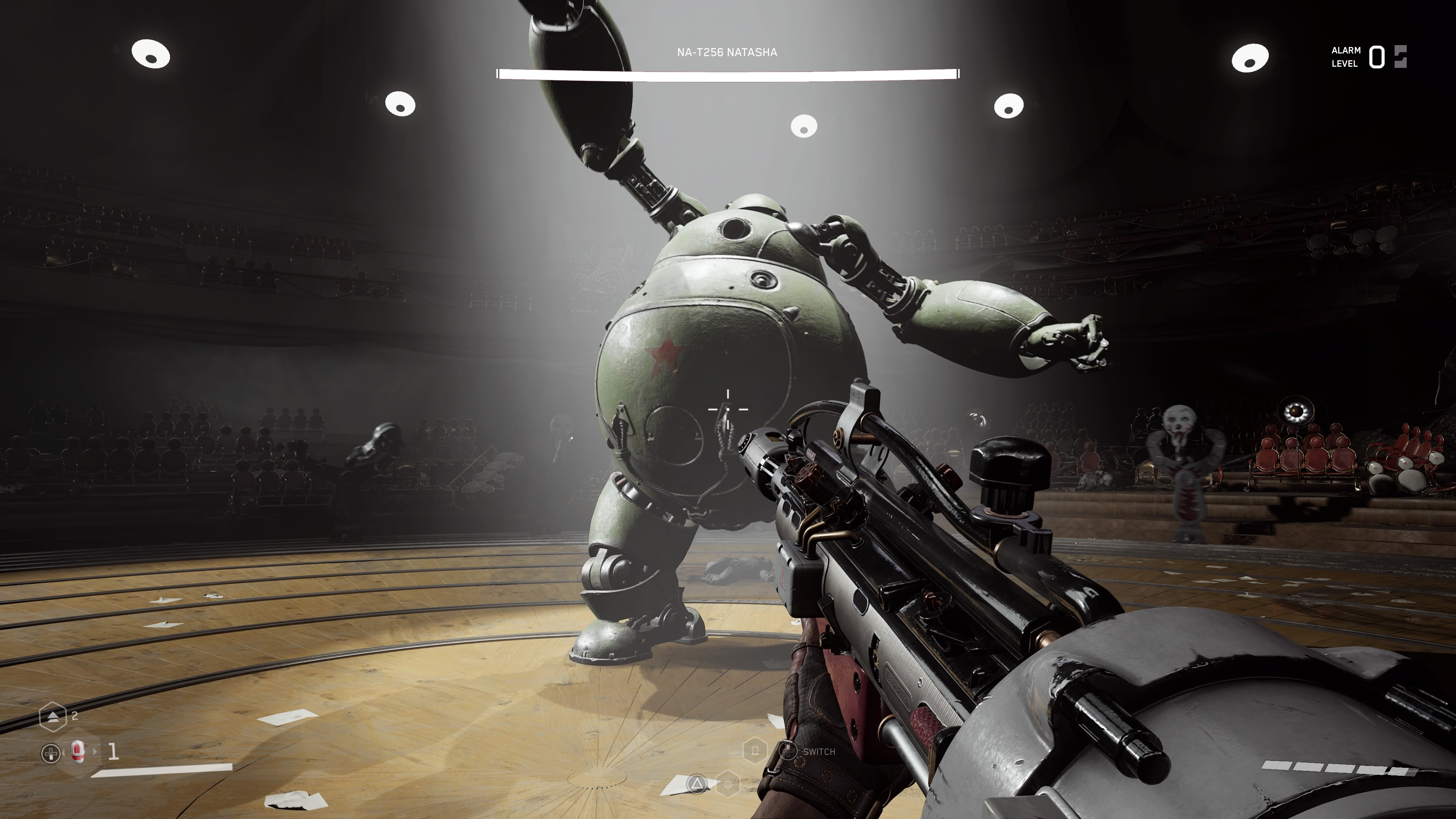
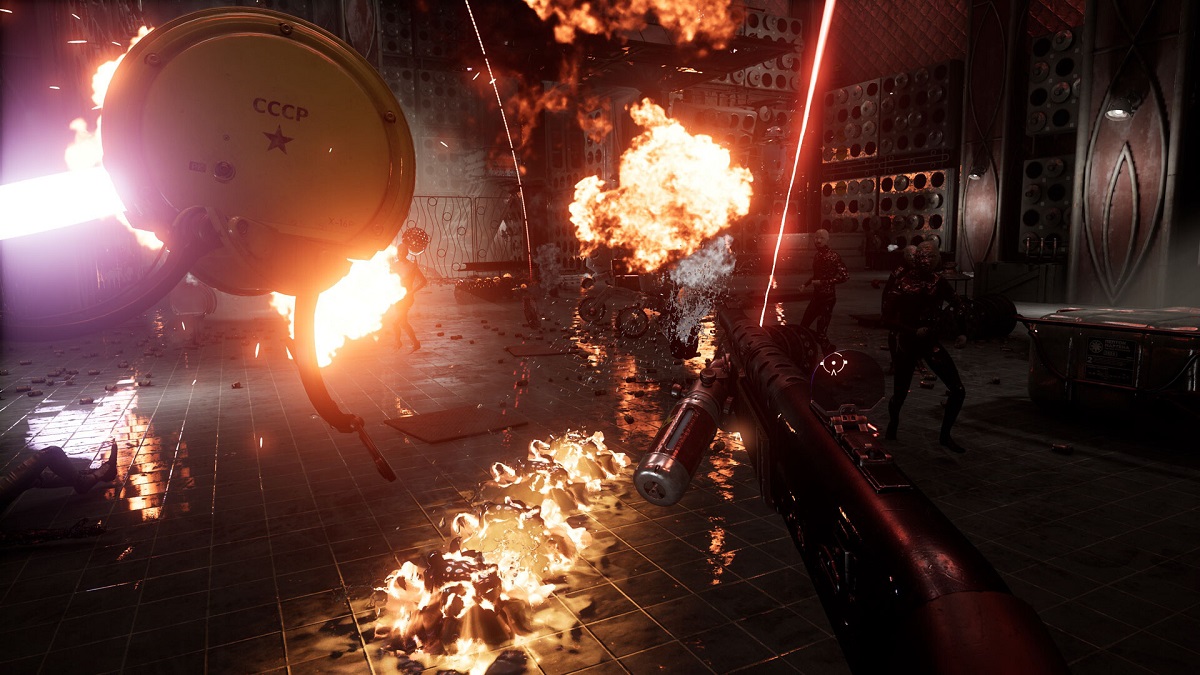





Published: Feb 26, 2023 08:58 pm